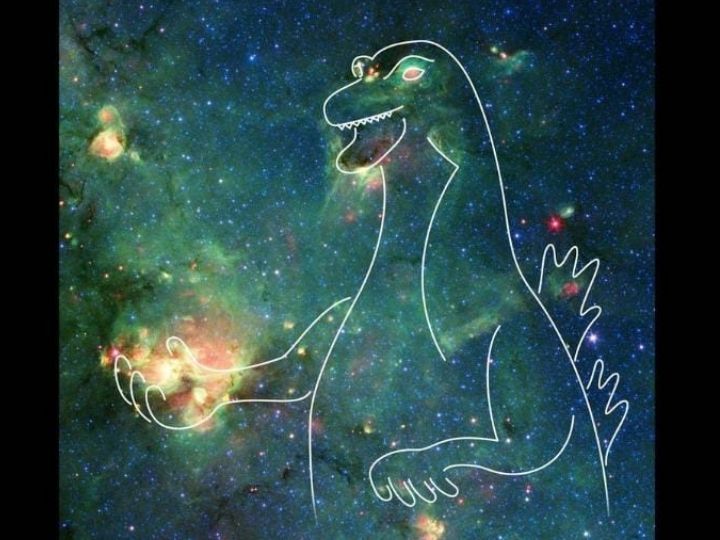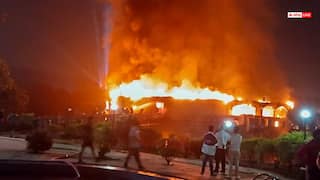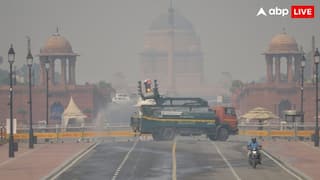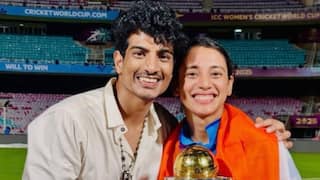Can You Spot Godzilla In This NASA Spitzer Image? Look At It Carefully
NASA's Spitzer space telescope has captured the image of a star-forming region that resembles Godzilla

New Delhi: What do you see in the photograph above? Don’t the bright regions appear like Godzilla's eyes and nose?
In reality, this is a picture of a nebula captured by NASA's Spitzer space telescope. A nebula is a cloud of dust and gas in outer space, which is formed when a dying star throws out gas and dust due to an explosion or supernova.
Countless stars have been formed from the material of nebulae. Dust clouds obscure the region, and hidden regions can be detected with the help of infrared light which penetrates the clouds. Infrared light has wavelengths longer than visible light.
The Colourful Godzilla-Shaped Nebula
The image of the star-forming region resembling Godzilla was processed by Caltech astronomer Robert Hurt. He has created most of the images from Spitzer data ever since it was launched in 2003. The Godzilla in the image was spotted by Hurt.
He said the eyes and mouth in the image roared 'Godzilla' to him, NASA said on its website.
Check out the photo below, and you will agree with Hurt.

Still not convinced? Check out the link here.
NASA, however, specified that any resemblance to Godzilla is "purely imaginary".
The nebula resembling Godzilla is located in the constellation Sagittarius, along the plane of the Milky Way. The upper-right region where the cosmic Godzilla's eyes and snout are located harbours stars, whose distance from Earth is not known. Godzilla's right hand in the nebula is located about 7,800 light-years from Earth, and this bright region in the lower left is known as W33.
Other Patterns Spotted In Spitzer Images
The human tendency to perceive a specific, meaningful image in a random or ambiguous visual pattern, such as the tendency to spot Earth-bound objects in pictures of the cosmos is known as Pareidolia.
Scientists have also spotted interesting objects in Spitzer images, such as a black widow spider, Jack-o-Lantern, an exposed human brain, and the Starship Enterprise.






































